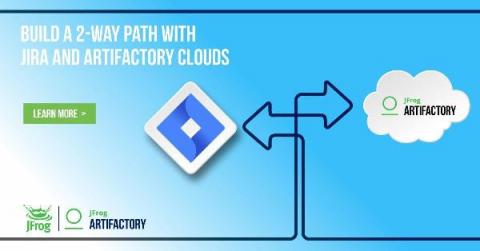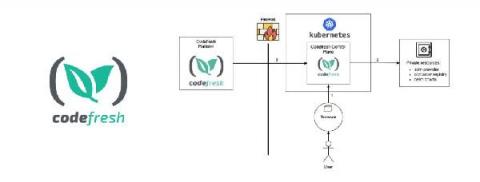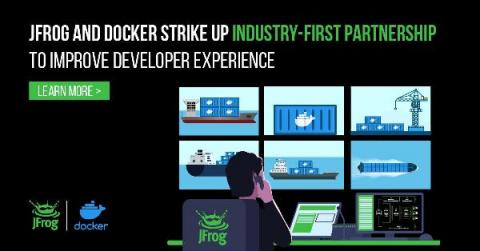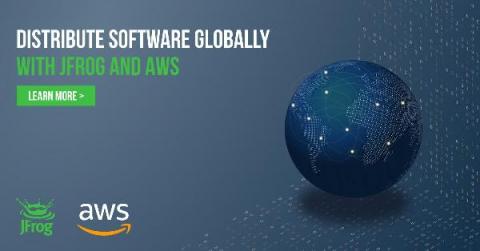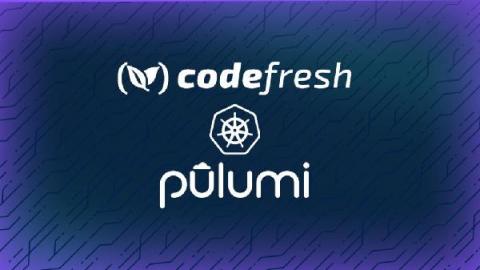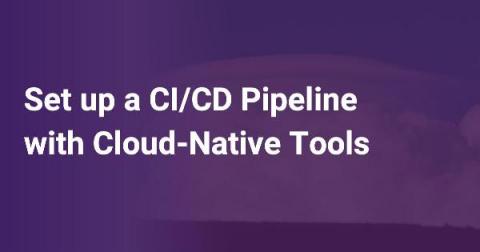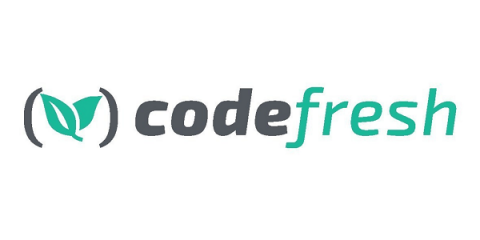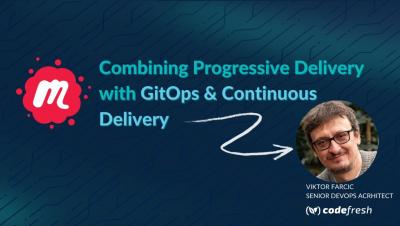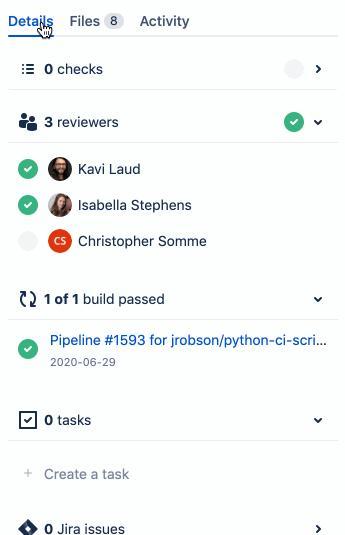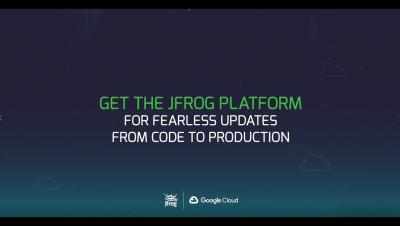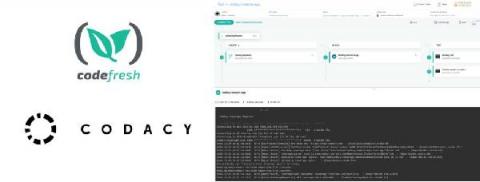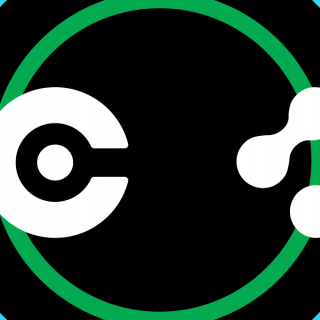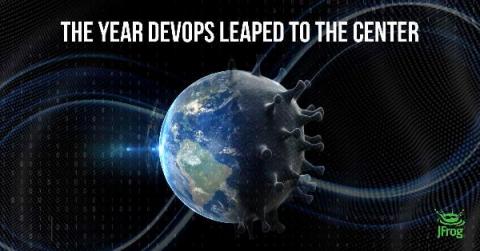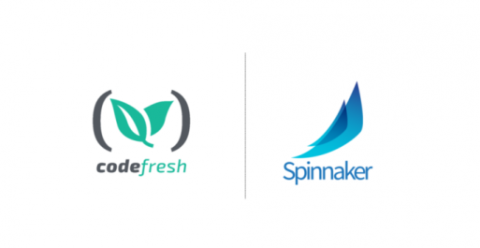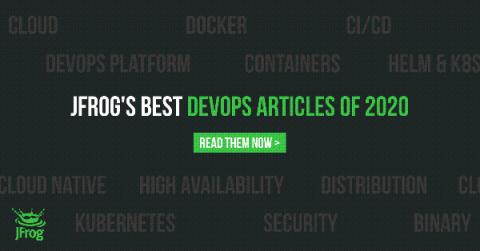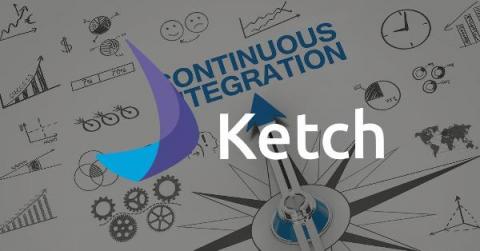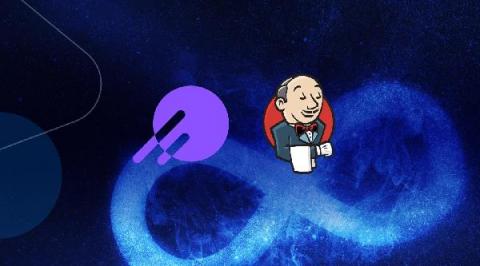Operations | Monitoring | ITSM | DevOps | Cloud
January 2021
Lesson 2: Build generic Docker images
Making CI/CD Builds Faster
Developers, take command of your deploys
Today we’re excited to be rolling out a completely redesigned Sleuth experience. Our new Command Center provides one place to visit so developers can quickly and safely deploy new changes.
Surviving the Disaster: How to Identify Bugs Immediately and Get Back on Track
As all developers know, when building software things don’t always go as planned. In fact, most of the time they don’t. With today’s modern distributed architectures it’s more important than ever to have the proper tools in your toolbelt. This allows us to automate as much of the software delivery lifecycle as possible and then be able to immediately triage issues when they arise.
A Two-Way Jira Speedway, the JFrog Artifactory App
Introduction to Artifactory on the JFrog Platform
What Is Zero Trust & How Do We Implement It to Run Secure CI/CD Workflows in Kubernetes?
Zero trust is a security concept that is centered around the idea that organizations should never trust anyone or anything that does not originate from their domains. Organizations seeking zero trust automatically assume that any external services it commissions have security breaches and may leak sensitive information.
Unlimited Container Pulls from Docker Hub with JFrog Cloud
Our Groundbreaking Partnership with Docker Is a Boon for DevOps Teams
Distribute Software Releases Globally with JFrog on AWS
CI/CD Pipelines for Kubernetes Apps with Pulumi & Codefresh
Delivering modern applications is complicated and requires the coordination of many moving parts. Applications are frequently updated to implement new features and improve security and performance which translates to a better user experience for your customers. To further complicate matters, infrastructure must also be deployed and maintained simultaneously with applications to avoid conflicts or dependencies.
JFrog Platform on Azure
Lesson 1: Don't tag your Docker images with latest -- use specific versions
Set up a CI/CD Pipeline with Cloud-Native Tools
The adoption of cloud-based solutions has become increasingly common. The proof for this is evident – according to Gartner, Inc., the worldwide public cloud services market is expected to grow by 6.3% in 2020, up to a staggering $257.9 billion in value. The Flexera 2020 State of the Cloud Report, released on April 28, 2020, states that more than 90% of respondents have adopted cloud computing, with the top three cloud service providers being – AWS, Azure, and Google Cloud Platform.
Reusable Pipelines for Microservices: Codefresh Quick Bites
JFrog & RedHat - Pizza Delivery vs. DevOps Pipeline On OpenShift
Getting Started with Docker and Cloudsmith
Kubernetes Deployment Antipatterns - part 1
In our previous guide, we documented 10 Docker anti-patterns. This guide has been very popular as it can help you in your first steps with container images. Creating container images for your application, however, is only half the story. You still need a way to deploy these containers in production, and the de facto solution for doing this is by using Kubernetes clusters. We soon realized that we must also create a similar guide for Kubernetes deployments.
Kubernetes Deployment Antipatterns - part 2
This is the second part in our Kubernetes Anti-patterns series. See also part 1 for for the previous part and part 3 for the next part. You can also download all 3 parts in a PDF ebook.
Kubernetes Deployment Antipatterns - part 3
This is the third and last part in our Kubernetes Anti-patterns series. See also part 1 and part 2 for the previous anti-patterns. You can also download all 3 parts in a PDF ebook.
Discord Bot Part 1: Getting started the right way
I’ve recently started working on a new project to build a Discord bot in Go, mostly as a way to learn more Go but also so I can use it to manage various things in Azure and potentially elsewhere. I figured it’d be useful to document some of this project to give some insights as to what I’ve done and why. First up was setting up the CI/CD pipeline for it so that I don’t need to worry about it later and can save myself a bunch of time when testing.
How to configure LDAP with Artifactory (best practices)?
How to install Artifactory and Xray with Helm installation?
Combining Progressive Delivery With GitOps And Continuous Delivery
Introducing a New Pull Request Sidebar
Using CircleCI to push packages to Cloudsmith
JFrog Platform on GCP
Code Coverage Reports using Codacy and Codefresh
Where do you usually track your code coverage? If you are not sure about the answer to this question or you would like to explore other options to the ones that you are currently using, then this post is for you. Specifically, this post details how you can use Codacy in your Codefresh pipeline to create and send coverage reports of your repository with every pipeline build. To follow along, make sure to have a Codacy and a Codefresh account. If not, now is the time to set-up a fresh account for free!
Integrating a Cloudsmith repository with a CircleCI pipeline
At Cloudsmith, we are proud of our partnership network. We work hard to collaborate and integrate with the best DevOps tools available. Building performant, modern workflows requires frictionless integrations between tooling. Integrating Cloudsmith repositories with your CI/CD processes facilitates rapid development. Build, test, and deploy/distribute your software in repeatable, performant ways.
Combining Progressive Delivery with GitOps & Continuous Delivery
How to create and distribute Release Bundle?
Get started with Bitbucket Pipelines - Demo Den January 2021
Building w/ Observability- Honeycomb & CircleCI
CI/CD quick tip: Custom Slack message on code deployment
New Features on GoCenter
The Year DevOps Leaped to the Center
Codefresh vs Spinnaker
The appearance of containers and their performance benefits compared to the existing paradigm of virtual machines has forced several companies to rethink their software lifecycle, especially the delivery part. Continuous integration and deployment tools (CI/CD) are passing through a second renaissance phase which is characterized by new approaches centered around short-lived environments that are launched and destroyed in a much more dynamic way.
Simply the Best: JFrog's Top DevOps Articles from 2020
Deploying applications to Kubernetes from your CI pipeline
Now that we know the advantages of leveraging Ketch over other tools such as Helm to ease the deployment of our applications (BLOG: Helm vs. Ketch when Deploying Applications), a good next step is for us to understand how we can tie Ketch to our CI pipeline and have an automated deployment process. For this example, we will leverage Ketch, GitHub Actions, and a Kubernetes cluster on Google Kubernetes Engine (GKE).
Why Kubernetes is a game-changer for E-commerce
When I started working at Purple managing the E-commerce stack, I inherited a single AWS EC2 instance that represented our entire infrastructure. The problem was, the company was doubling in size every few months, and with this exponential increase in load combined with the issues we were already experiencing with this infrastructure, it became a large business risk.
Find the Path to Go Module Major Versions With GoCenter
New Elastigroup features for Jenkins plugin give users more control of their CI/CD pipelines
Continuous integration and deployment (CI/CD) processes are becoming the standard for many organizations operating in the cloud—including many Spot by NetApp customers—with Jenkins as a core tool for building, testing and deploying code through CI/CD pipelines. Spot has had an integration with Jenkins since our early days, allowing our users to configure Elastigroups managed by Jenkins and deploy jobs running on spot instances.
Looking Back at 2020 and How We Remained True to Our Mission to Make Building Software Easier Despite The Pandemic
The last year was undeniably a different year for everybody. At the start of 2020, Coronavirus spread all over the world, resulting in a global pandemic. Covid affected the way we live, work, meet other people, and has drastically changed everyone’s lives in ways that we could not ever imagine. In a world of uncertainty, DevOps has undeniably become even more important.







